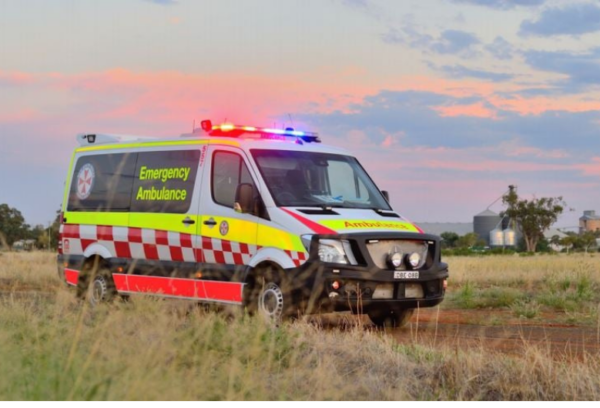Communicating with each other instantly is something that we have become so used to in our personal lives that we take it for granted. Want to check where someone is? Send an SMS. Or ping their device to pinpoint their current location on a map. The question of “where are you?” has almost become rhetorical.
Location – along with status (are you available?) and history (have you heard?) – are crucial to effective messaging. However, when it comes to emergency services, managing communication and compliance across a highly geographically dispersed mobile workforce presents unique challenges.
It seems logical that emergency control centres would be utilising instant, shared adaptive communication technology today.
Although the technology exists, many emergency services still rely on legacy messaging systems that are siloed and unresponsive, blanket-sending alerts to users regardless of location, status or history and the ability to track responses to messaging is still a distant pipe dream.
The dissemination of information across emergency service organisations can be extremely challenging. The communication devices being utilised are many and varied and the systematic coordination of information across these devices is a daunting task. Many ambulance organisations utilise multiple point solutions between multiple devices and locations such as:
- Messaging transmitted to Mobile Data Terminals (MDT)
- Short-burst text messaging to portable radios
- Text messaging to mobile phones, often to a personal mobile with no security or rigour
- Voice communication via a landline telephone to a station
A centralised mobile messaging and compliance platform allows organisations to create, manage, disseminate and track information efficiently regardless of the device or communication medium being used. This is currently a key objective for most Emergency Service organisations.
Messages can be sent in multiple formats including text, video, audio, and photographs, and can incorporate tracking and conditions (such as specifying vehicles, effective dates, recurrence, acknowledgement requirement, etc) all from a central hub.
Prioritised message delivery can improve outcomes in most situations.
Let’s look at a few ambulance-related scenarios:
- Hospital shutdown
Critical events, such as terrorist activity, infection breakout or capacity overload can temporarily shut down a hospital. Location aware messages can be sent to vehicles and crews within a defined geofence, across multiple channels: MDT, radio, phone, SMS, pager – with compulsory acknowledgement requirements.
- Procedural updates
Time-critical updates can be pushed to all devices, or in a cascading hunt approach to devices, until acknowledged. This could include drug dosage errors, drug administration updates, infection warnings and more.
- Follow-me messaging
Alerts can appear on multiple devices in sequence until acknowledged – to the MDT first, then if no response within a set time, to radio, pager, SMS and other devices, even ultimately through to the station tannoy.
- Hands-free alerts
Staff in moving vehicles or helicopters can receive enunciated voice messages as first priority, to ensure that information is received without compromising the transportation job in progress.
- Natural disaster warnings
Geolocation capabilities from AVL data can send warnings to specific vehicles and crew in areas likely to be affected by events such as floods, high winds, hail or bushfire.
- Training management
Training information can be transmitted to staff based on a needs assessment. Organisations are able to communicate procedural information such as key user data for the operation of a new type of vehicle they haven’t used yet before they start a shift. Once a message has been acknowledged, it won’t be repeated; refresher messages can be scheduled at specific intervals.
- Asset and vehicle maintenance
Vehicle status dashboards automatically generate messages to on-board crew for maintenance tasks required outside of the standard servicing schedule. For example, washer fluid refill, tyre pressure, fluid leaks and so on. In conjunction with RFID or other asset location systems, auto-generated messages can alert the crew to clinical items and consumables needing replenishment.
- Duress alarm testing
Auto-generated emergency drills can be pushed to crews to test duress buttons, for occupational health and safety compliance.
- Managing staff shift times
Send messages to personal devices based on work hours – for example to confirm that breaks have been taken. The message “Take your meal break” could require a Y/N response. If ‘N’ the follow-up message could request further explanation.
- Response status aware communication
For vehicles that are in transit, at high speed or with lights and sirens operating, non-critical messages will be postponed until jobs are completed.
- Crew status awareness
Messages can be targeted based on recipients’ current location and/or status. If seat sensors show that crew are inside the vehicle, the message can be sent to the MDT first. If the sensors show the vehicle is unoccupied or that the doors are open, the message goes to radio, pager or phone.
If you can think of other scenarios where an integrated messaging solution could be useful, let us know!
To find out more about the Corvanta emergency services messaging and compliance system, please get in touch by email or visit this page.
You may also be interested in this article on how to influence better patient outcomes through The Connected Journey.



